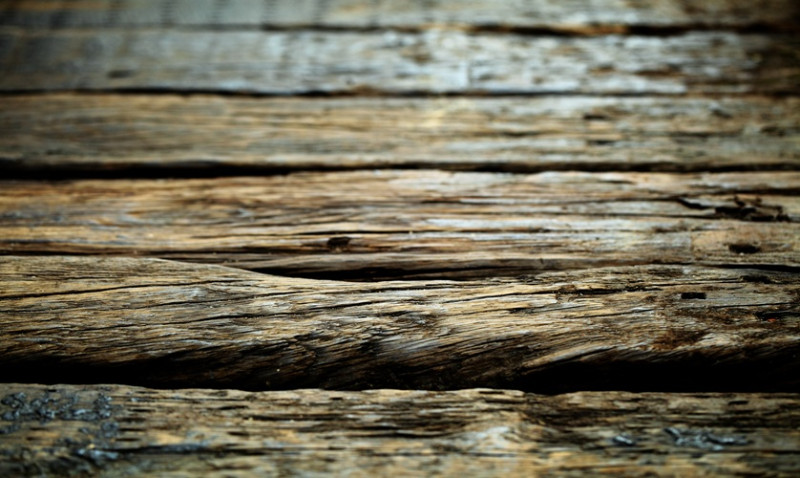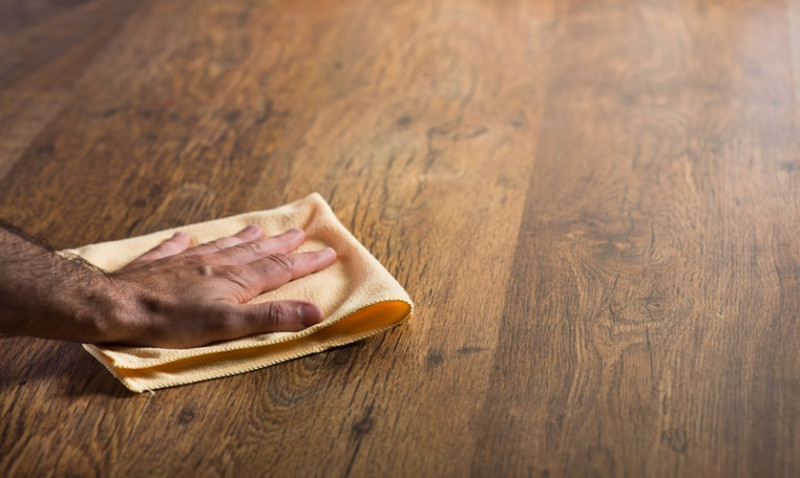
When it comes to finishing a wooden floor, one of the most common debates among homeowners, trade professionals, and interior designers alike is whether to oil or lacquer the surface. This decision has a huge impact on the appearance, maintenance, longevity, and feel underfoot of your flooring. But with so many options available, how do you choose the right one for your hardwood floor?
Whether you’re a DIY enthusiast dreaming of reviving old boards or a young professional updating your first flat, understanding the difference between oil and lacquer finishes will help you make an informed choice. In this post, we’ll explore both options in detail and guide you based on lifestyle, aesthetics, and practicality – all tailored for homes in the UK.
Understanding the Key Differences
Before diving into the pros and cons, it’s important to understand what oiling and lacquering do to wood. Both are protective treatments, but they interact with the wood in different ways.
Oiled floors are treated with natural or synthetic oils that penetrate deep into the grain, nourishing the timber from within and allowing it to breathe. This enhances the natural beauty of the wood and gives a matte to satin appearance, depending on the product used.
Lacquered finishes, on the other hand, involve applying a hard, protective layer on the surface of the wood. This coating acts as a shield against moisture, dirt, and wear. It creates a glossy, satin, or matte finish — though modern lacquers can achieve a natural look too.
Here’s a quick overview of the main differences:
| Factor | Oiled Floors | Lacquered Floors |
|---|---|---|
| Look & Feel | Natural, warm, enhances grain | Sleek, polished, uniform surface |
| Durability | Penetrates wood, may need more frequent maintenance | Strong surface layer, highly resistant to wear |
| Maintenance | Local touch-ups possible, periodic re-oiling needed | Difficult to repair locally, recoating entire area needed if damaged |
| Moisture Resistance | Moderate – wood still breathes | High – surface is sealed |
| Environmental Impact | Often more eco-friendly: natural oils and non-toxic options | Some lacquers are solvent-based and less green |
When to Choose Oiled Floors
If you're after a floor that celebrates the natural grain and character of the wood, oiling is a great option. Because the oil penetrates the fibre of the timber, it deepens the colour and adds richness, ideal for rustic or Scandinavian-inspired interiors — popular across the UK, especially in countryside homes or newly renovated terraces.
DIYers will appreciate that oiled floors are easy to top up. If a patch becomes worn or scratched, you don’t need to sand back the entire room — simply apply more oil to the area, buff it in, and you're good to go. This spot-fix approach can save both time and money.
For high-traffic areas like hallways or open-plan living spaces, however, be prepared for slightly more upkeep. Oiled floors may require reapplication every 1–2 years, depending on how heavily they’re used. Still, many in the UK love the patina that builds over time, giving a lived-in, timeless character.
Eco-conscious homeowners and designers also appreciate the lower toxicity of many natural oils. Look for products labelled VOC-free (volatile organic compounds) for a greener option.
When Lacquering is the Better Choice
If your priority is a hard-wearing and low-maintenance finish, particularly suited to busy households or commercial environments, lacquer is often the better route. Once applied, lacquer forms a hard barrier that resists scratches, spills, and moisture with ease.
This makes it an excellent choice for homes with children, pets, or heavy foot traffic – or for tradesmen installing flooring in offices, hospitality venues, or investment properties. In many cases, a quality lacquer will offer protection for years without needing re-application.
Modern lacquer finishes also come in a range of sheens, so if you like the natural look but want added toughness, a matte or ultra-matte lacquer is a great compromise. These mimic the look of oiled wood but with added durability.
On the downside, any repairs are more involved. If a patch of lacquer is damaged, the whole room may need to be sanded and refinished to avoid seeing clear differences between old and new finishes — an important consideration for designers or homeowners focused on seamless aesthetics.
A Few Things to Consider for UK Homes
UK weather can often be damp and cold, which means moisture resistance is an important factor for many homes. In older properties with fluctuating humidity levels, oiling may be preferable as it allows the wood to breathe and move with changes in atmosphere.
However, in modern sealed homes or flats with underfloor heating, lacquered finishes provide excellent performance and help stabilise the surface against wear and tear from central heating cycles and daily use. Also, for areas near external entrances, lacquer can help prevent moisture damage from wet shoes or muddy pets.
If you're working with an architect or designer, they may influence the decision based on the broader colour palette and room style. For example, a glossy lacquered floor may complement a high-end minimalist London flat, while an oiled oak finish fits seamlessly into a Cotswolds cottage or Victorian semi.
Maintenance and Care: What to Expect
Maintenance is another key area where oil and lacquer differ significantly. An oiled floor will benefit from occasional re-oiling, which can be quick and requires minimal equipment — something that appeals to DIYers and environmentally conscious homeowners who prefer using natural products.
General cleaning should be done using a soft-bristle broom and vacuum with a brush attachment. You can also use floor soaps specifically designed for oiled wood to maintain the finish and prevent drying out. Avoid harsh detergents as these can strip the oils.
Lacquered floors, by contrast, don’t require replenishing. Regular hoovering and occasional damp mopping (with well-wrung mop) will do the trick. Just be sure to use a pH-neutral cleaner designed for lacquered surfaces to avoid dulling the finish.
Professional tradespeople often recommend adding felt pads to furniture legs and entrance mats to help prolong the look, regardless of the finish you choose.
Conclusion: What's Right for You?
Your choice ultimately depends on the use, aesthetic preference, and your expectations for maintenance. If you value natural beauty, tactile warmth, and don’t mind periodic upkeep, oil might be your winner. If you're after easy care and resilience with a sleek appearance, lacquer is likely the better bet.
For many in the UK, oiled wood suits character homes and those seeking a more organic, breathable finish. Lacquers appeal to modern lifestyles, urban flats, and high-traffic commercial areas where practicality is key.
Whichever finish you choose, investing in proper care and using quality products will help your wood floor stand the test of time and continue to bring beauty and functionality into your space.
Need Help Deciding?
If you're still undecided or need help choosing the right product, speak to a wood floor expert who can assess your space, usage patterns, and aesthetic goals. Whether you're a decorator, designer, homeowner or tradesman, finding the right finish can transform your entire room — and make sure your investment lasts for years to come.






